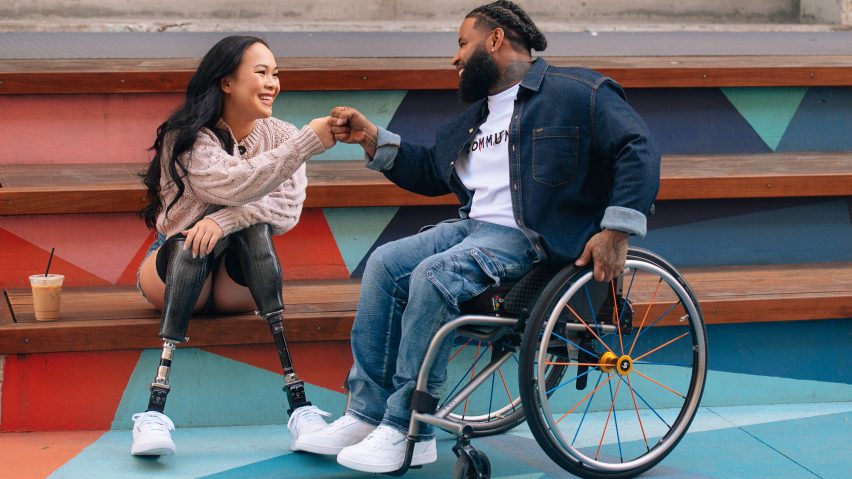
Reebok launches first adaptive trainers for people with disabilities
Sportswear brand Reebok has unveiled Fit to Fit, a collection of adaptive trainers that can be easily put on and taken off, as part of the brand's move towards a more accessible footwear offering.
The range, which comprises the Nanoflex Parafit TR and the Club MEMT Parafit, was designed with adaptive features that allow people with restricted mobility to dress quickly and more easily by removing trickier elements such as buttons and buckles.
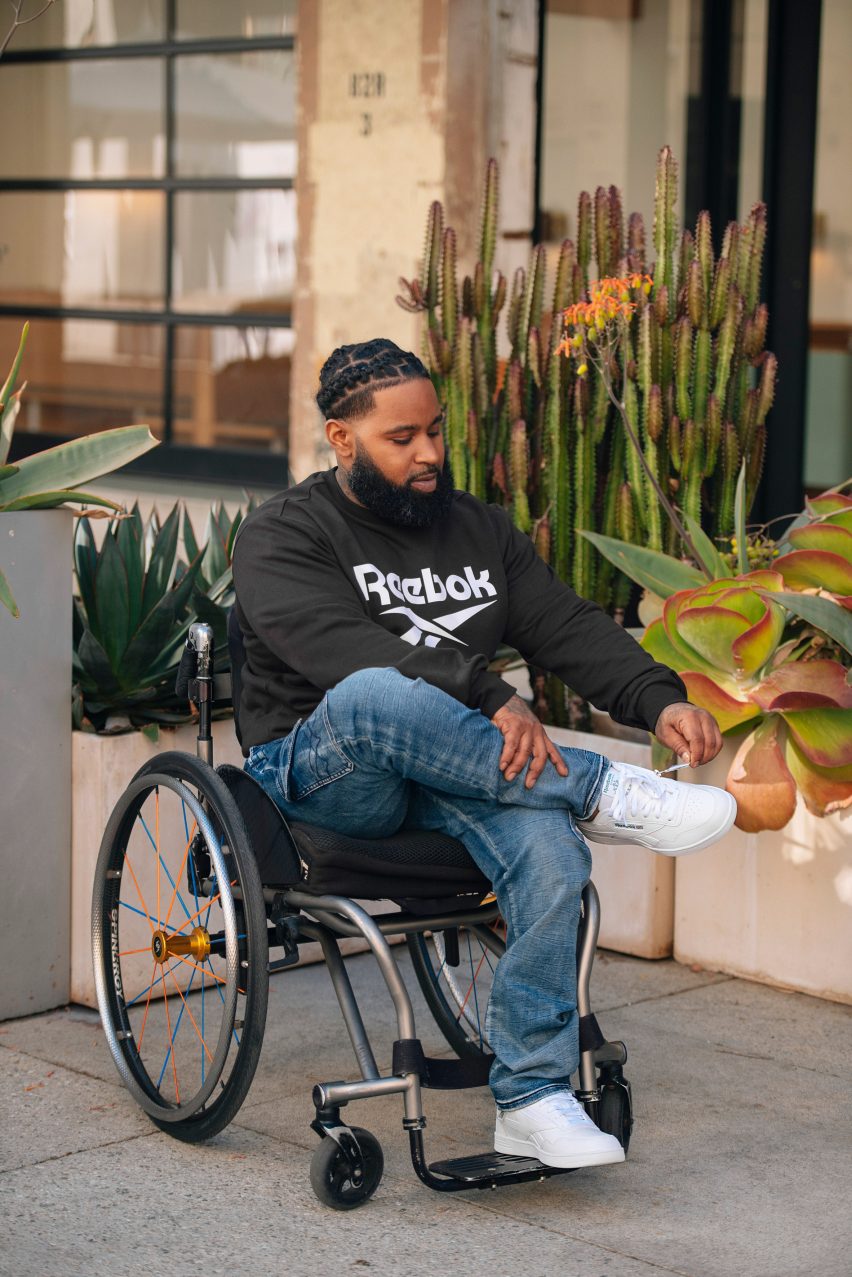
Key features include a zip on the side of the shoe that can be used to secure the foot inside the shoe, removable insoles that can accommodate prosthetics and a low-cut design to aid mobility.
Both trainers are already available to be purchased in pairs and will soon be released as single shoe options for people with disabilities who have one foot.
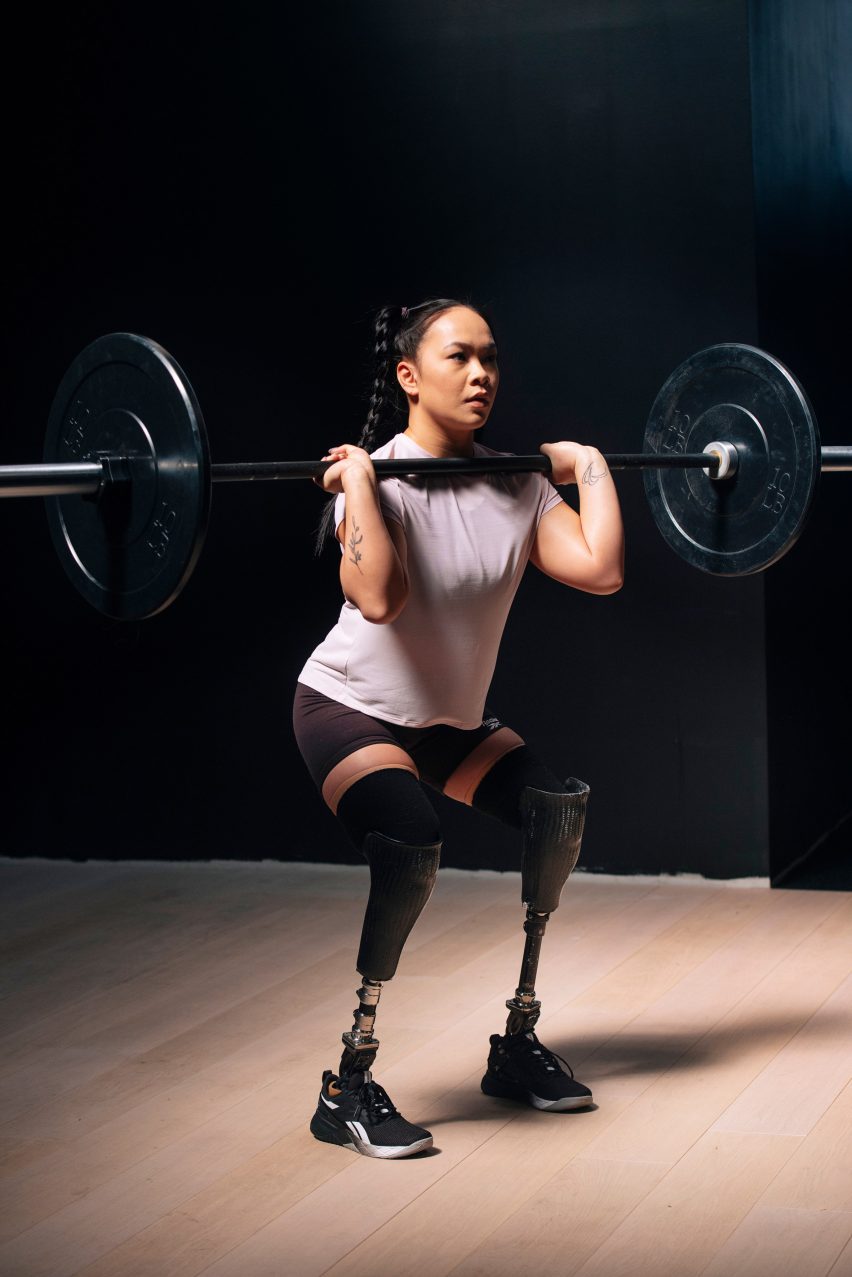
"We created the Reebok Fit to Fit adaptive footwear collection to champion Reebok's mission of inspiring human movement for all," said Reebok product manager Dan Buonomo.
"The collection's goal is to provide functional products for everyone, while still holding true to Reebok's iconic design heritage," he told Dezeen.
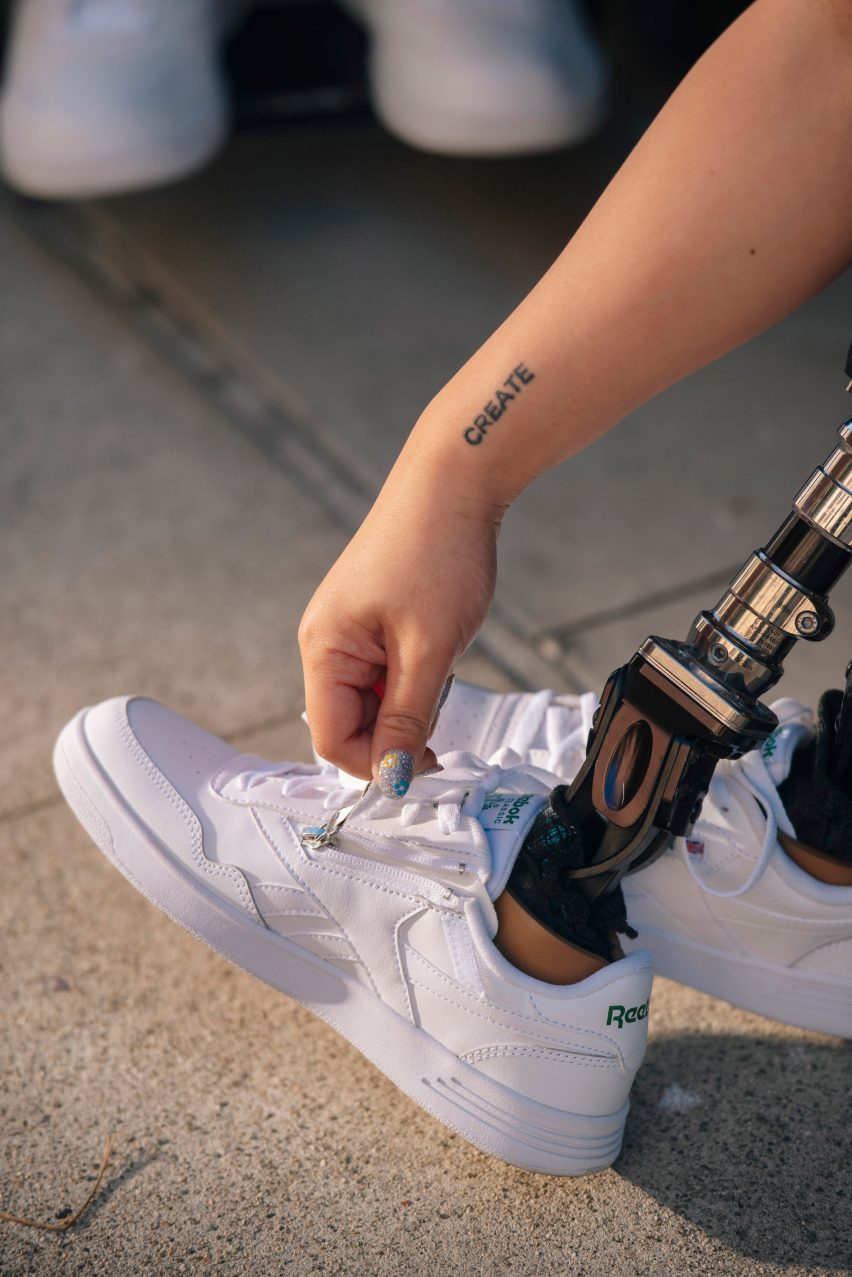
The Nanoflex Parafit TR, a sports shoe based on the Nanoflext TR model was designed for athletes who need an adaptive fit. It has a heel pull tab that makes it easier to pull on shoes from the back, something particularly important for people in wheelchairs.
The Club MEMT Parafit, which is an updated version of Reebok's popular tennis-style shoe Club MEMT, has a removable insole to allow for customization and comes in wider sizes to accommodate prosthetics or wider feet.
Reebok worked with clothing retailer Zappos's adaptive department to create the range, which it describes as inclusive in both performance and lifestyle.
The companies gathered feedback directly from a variety of people within the disabled community to understand what features are most important for them.
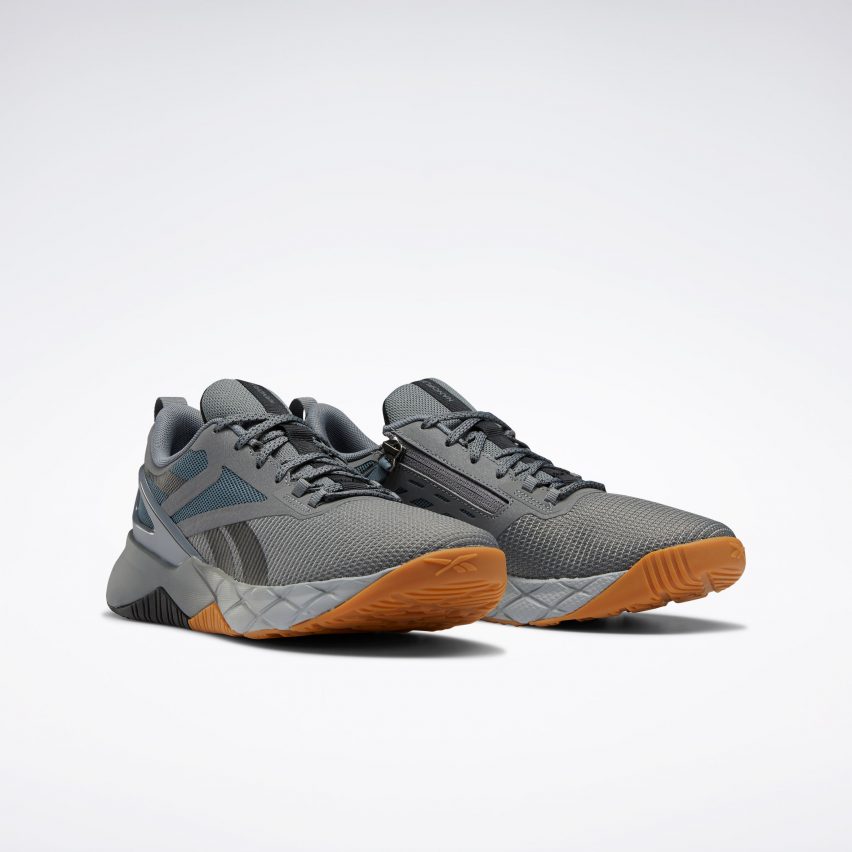
"We were able to gain a better understanding of the specific needs of this community and how to enhance our offerings to be more inclusive," said Buonomo.
"For example, we learned that it was crucial for each model to include a removable insole," he continued.
"This allowed for a more customizable fit so that a variety of wearers could thrive in our shoes – people with their own insoles can easily swap their preferred insole in or people with prosthetics or braces can simply remove the insole to allow for more room."
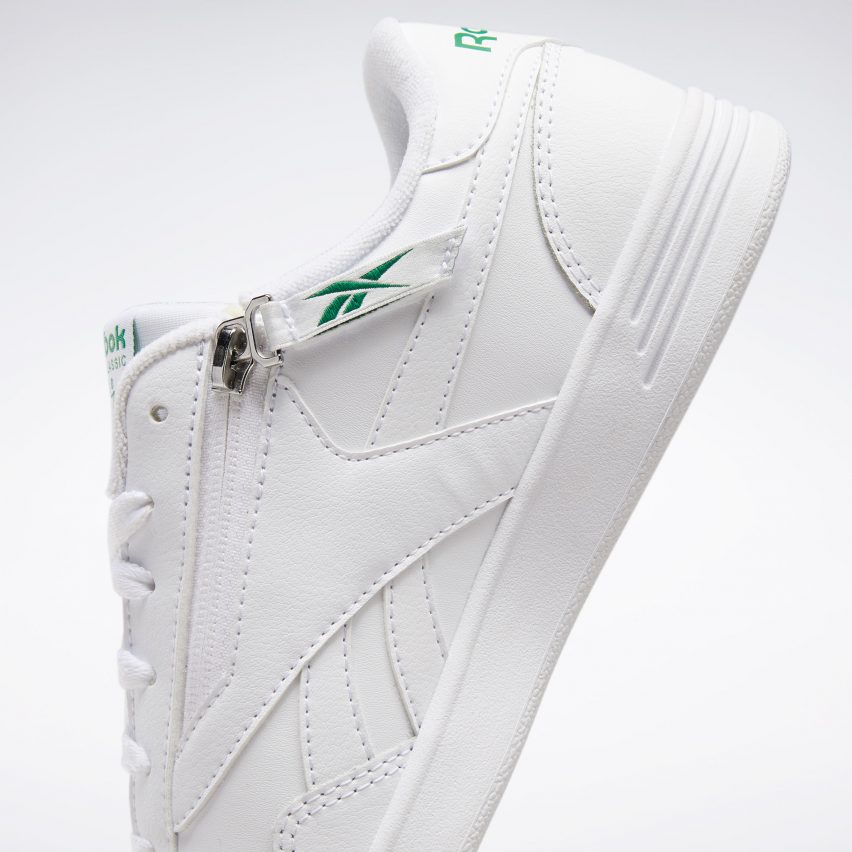
Although the trainers have a side zip to help speed up and ease dressing, wearers still need to be able to tie the laces on the front of the shoe.
Reebok, which since 2005 has been wholly owned by German sportswear company Adidas, said that wearers will only need to tie the laces once to ensure the right fit and from then on the zip will suffice.
While Fit to Fit is Reebok's first adaptive trainer collection, other sportswear brands have already released shoes that require little or no input from hands to put on, creating a burgeoning market for accessible footwear.
American sportswear company Nike created GO FlyEase, a hands-free trainer pair that be put on and taken off without using your hands. Meanwhile, sports brand Puma created a pair of trainers that can be tightened with just the swipe of a finger.
The images are courtesy of Reebok.